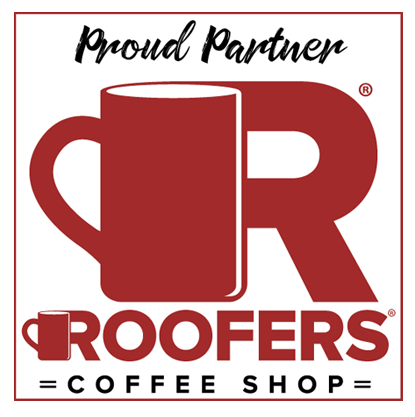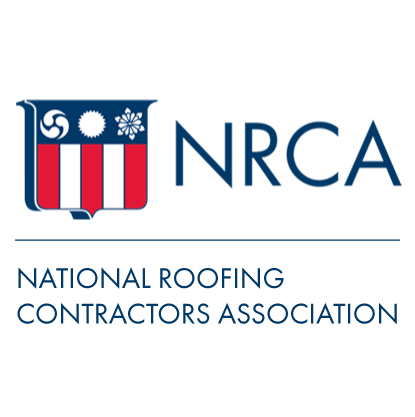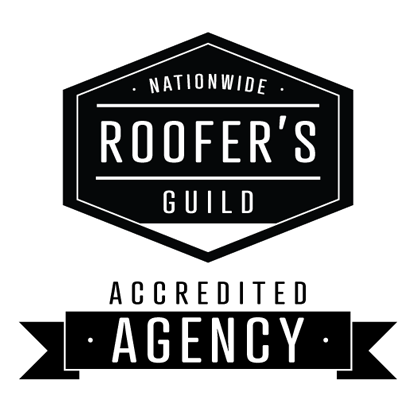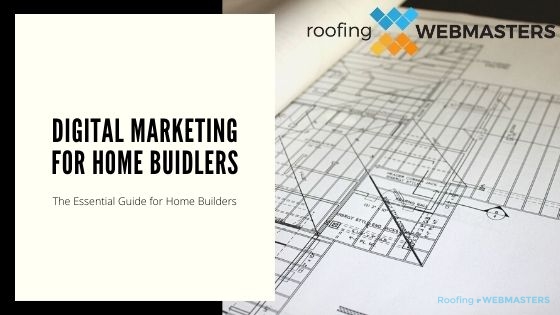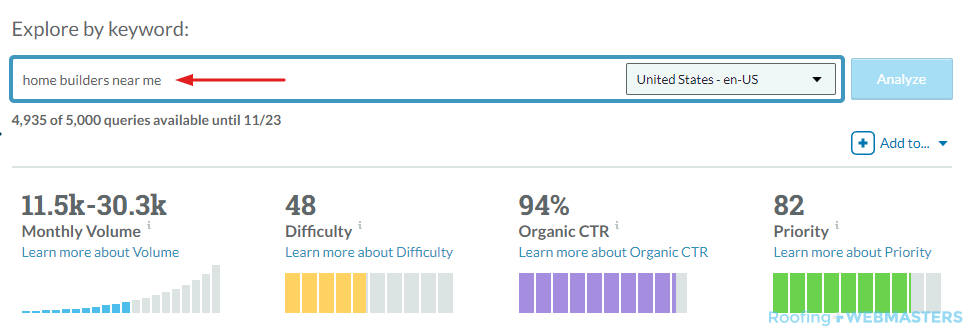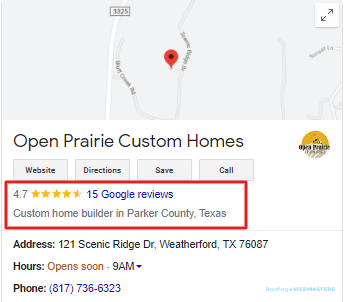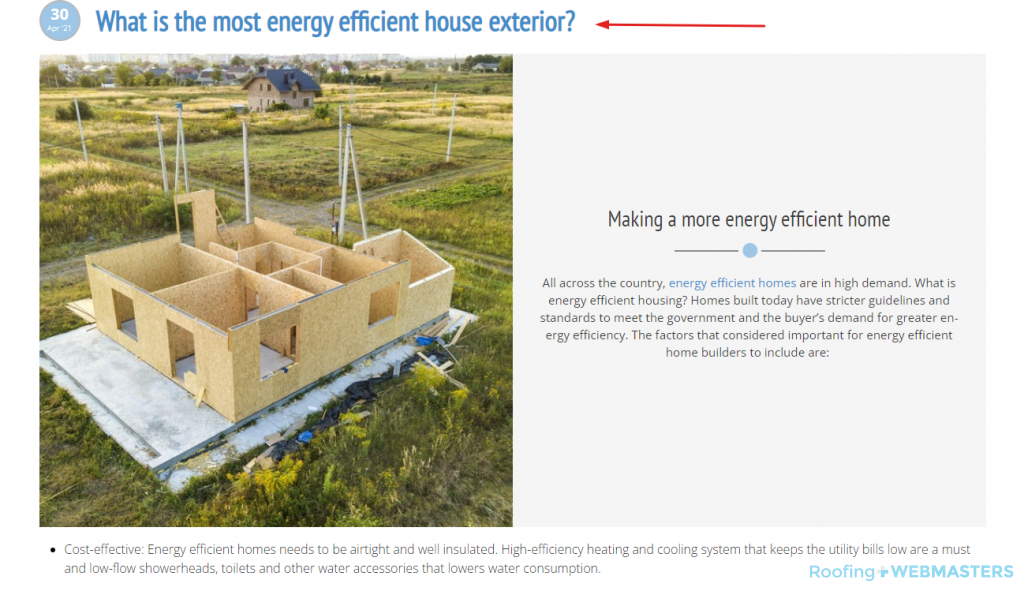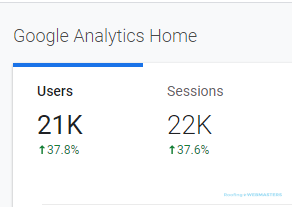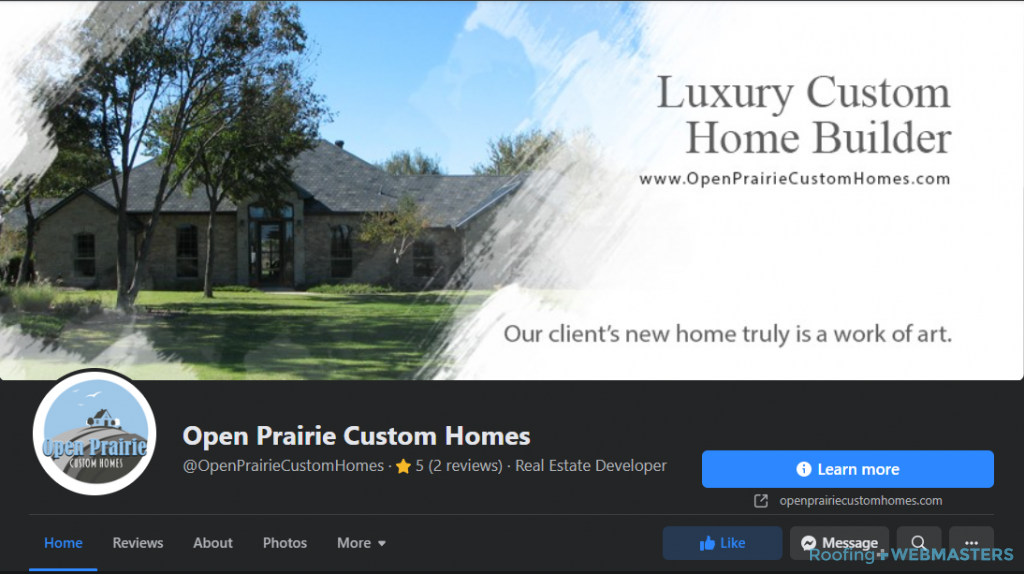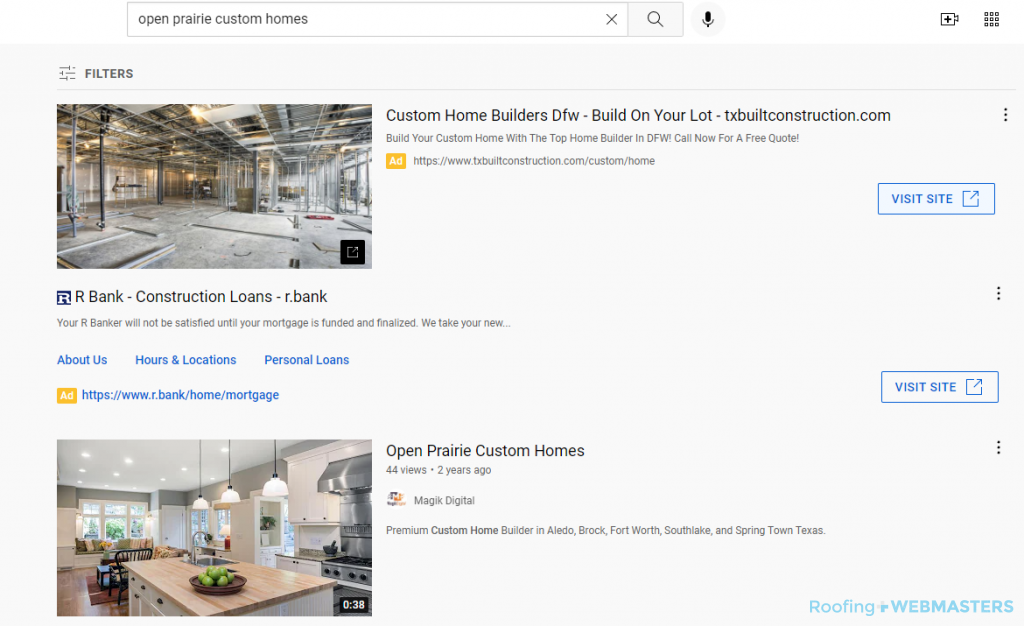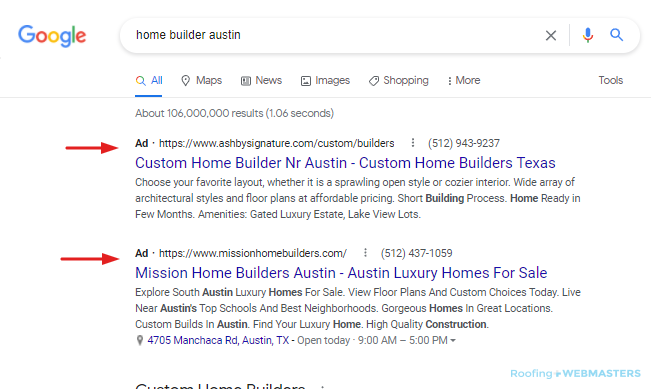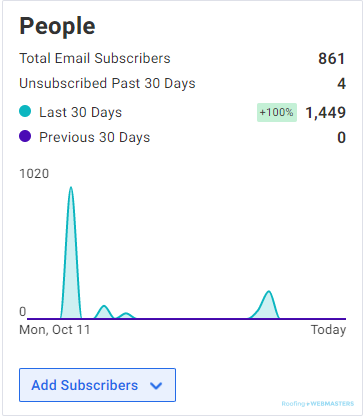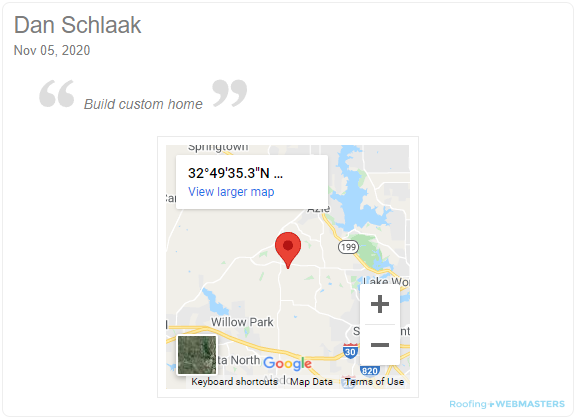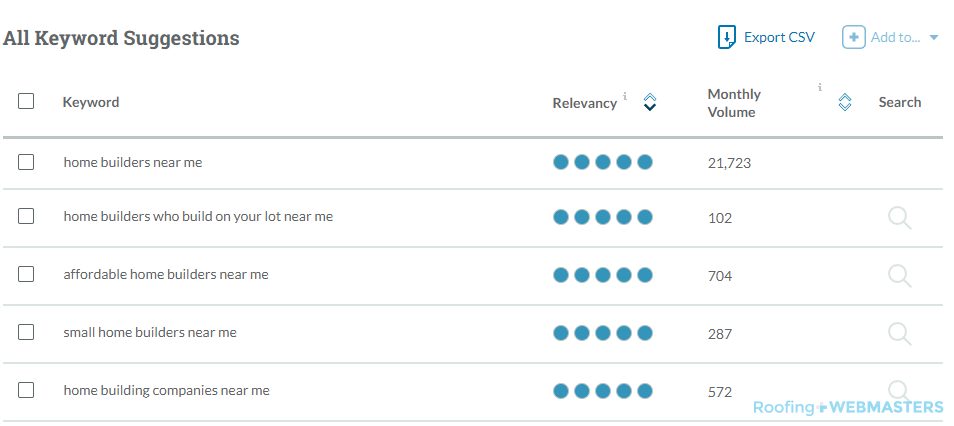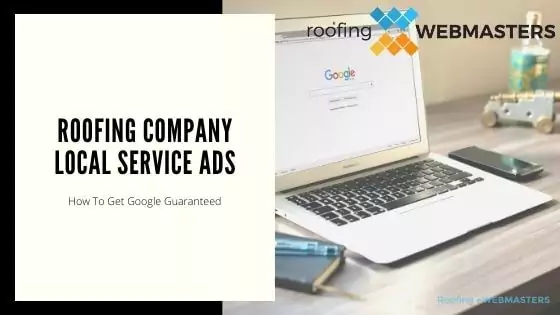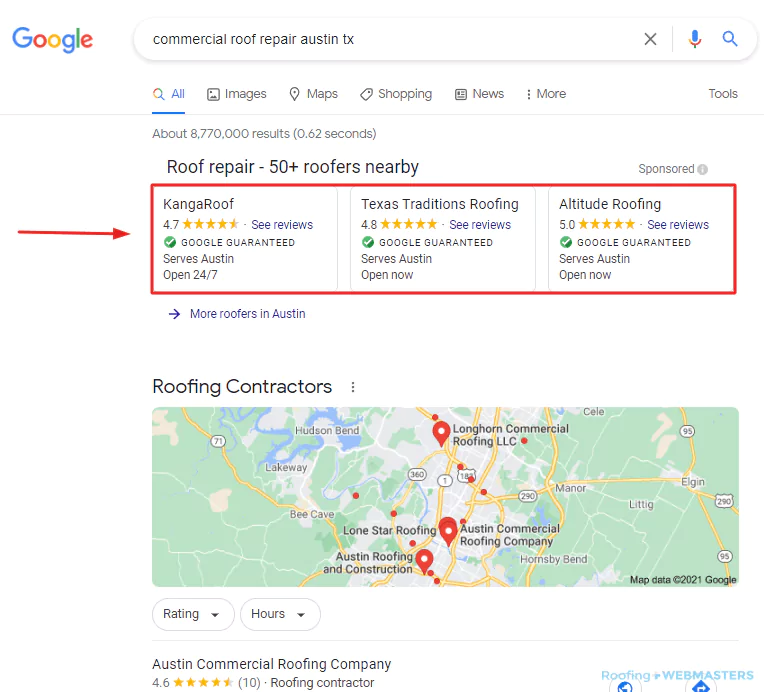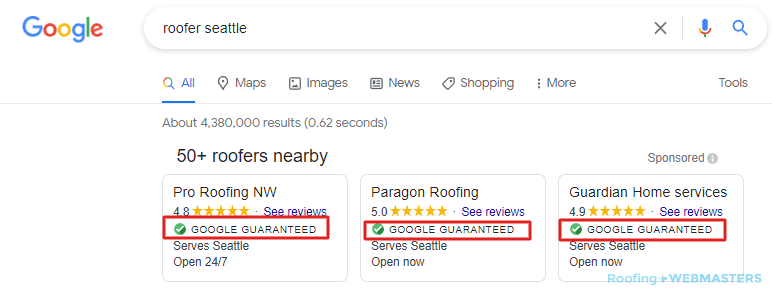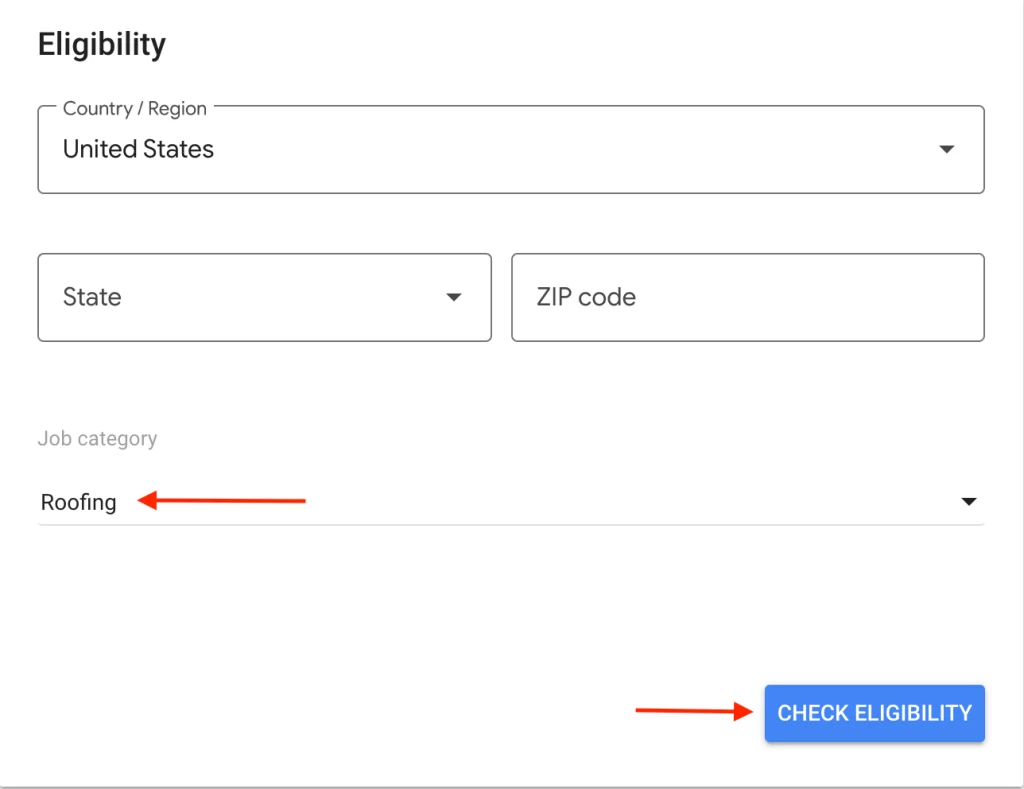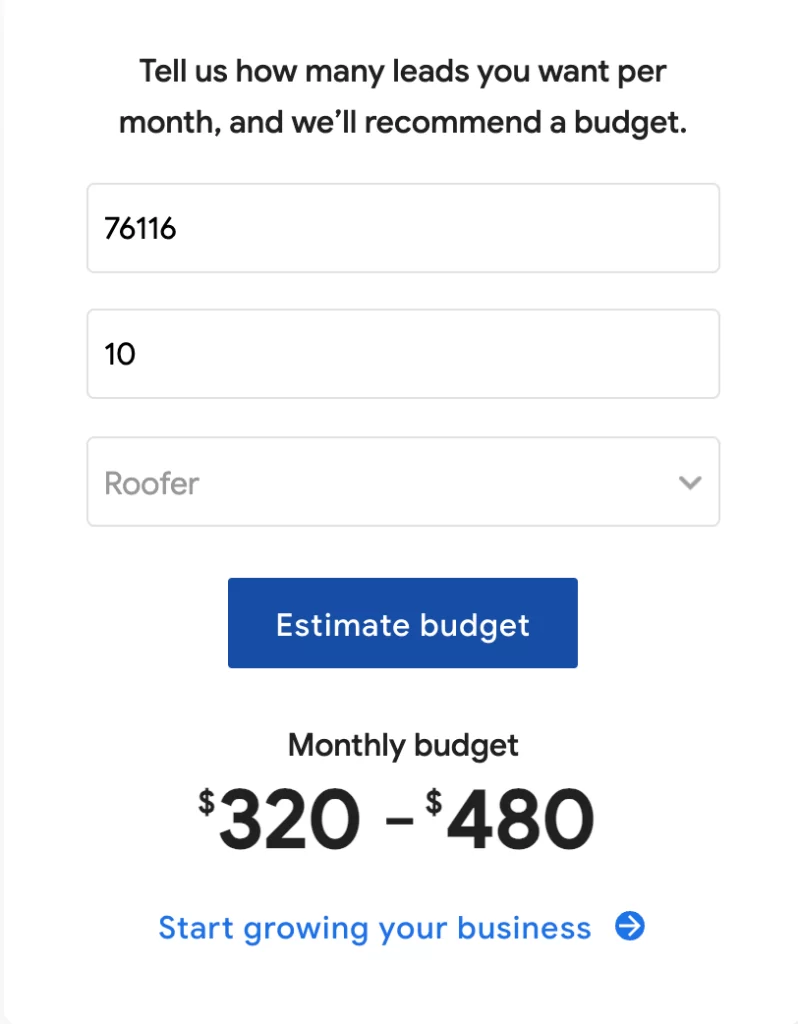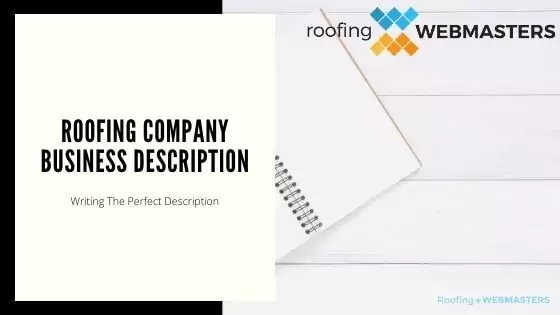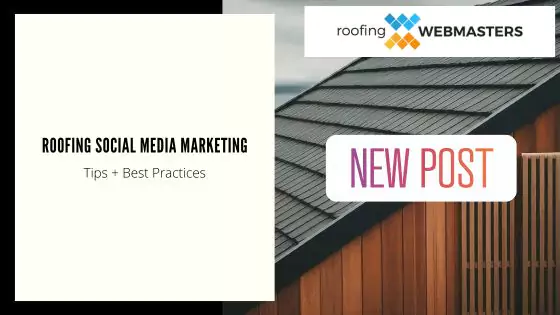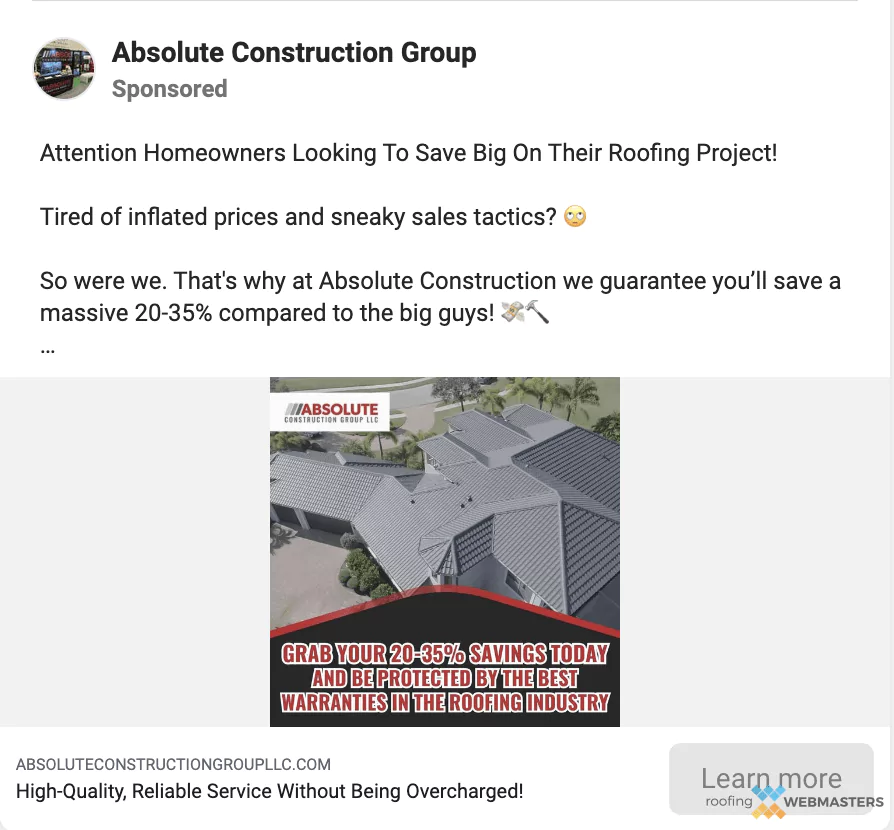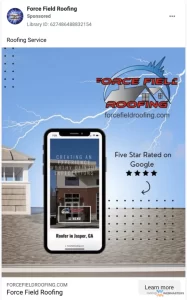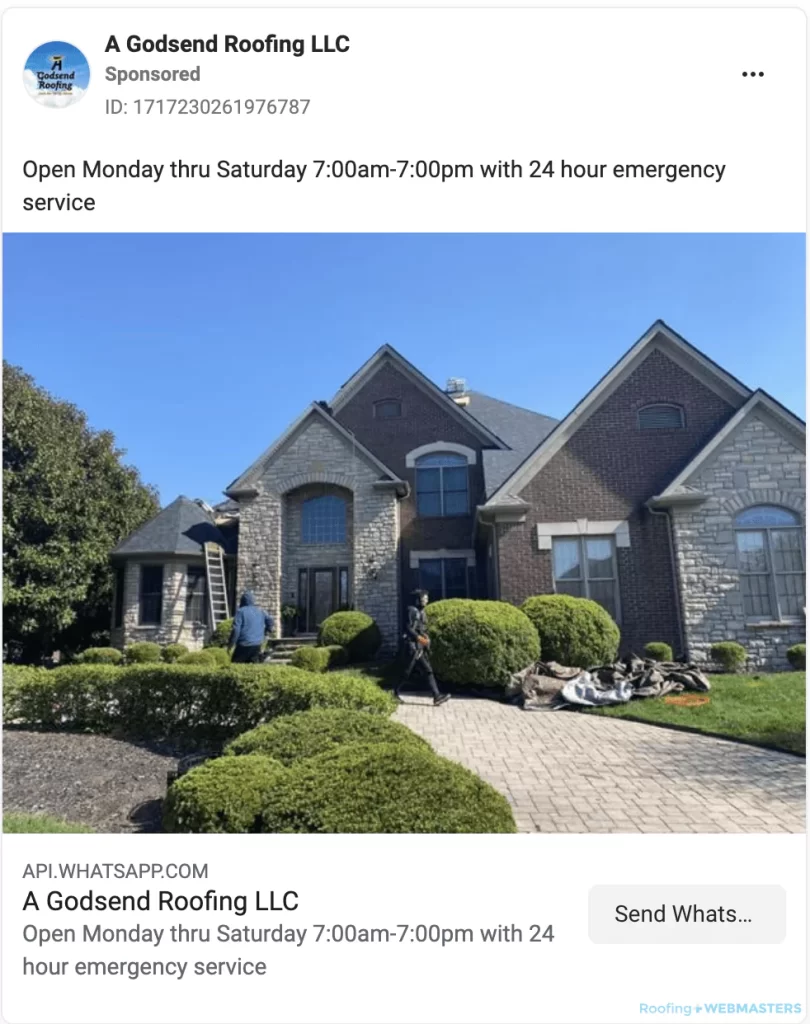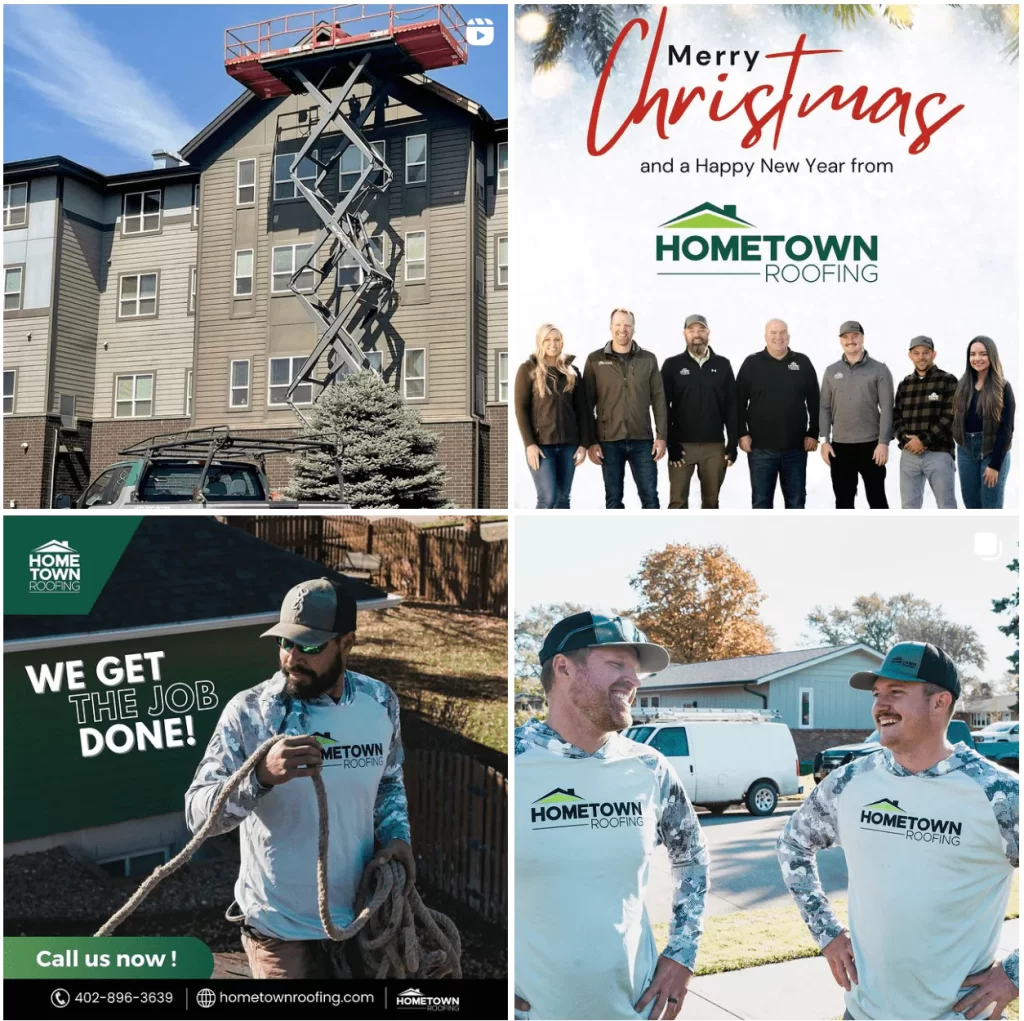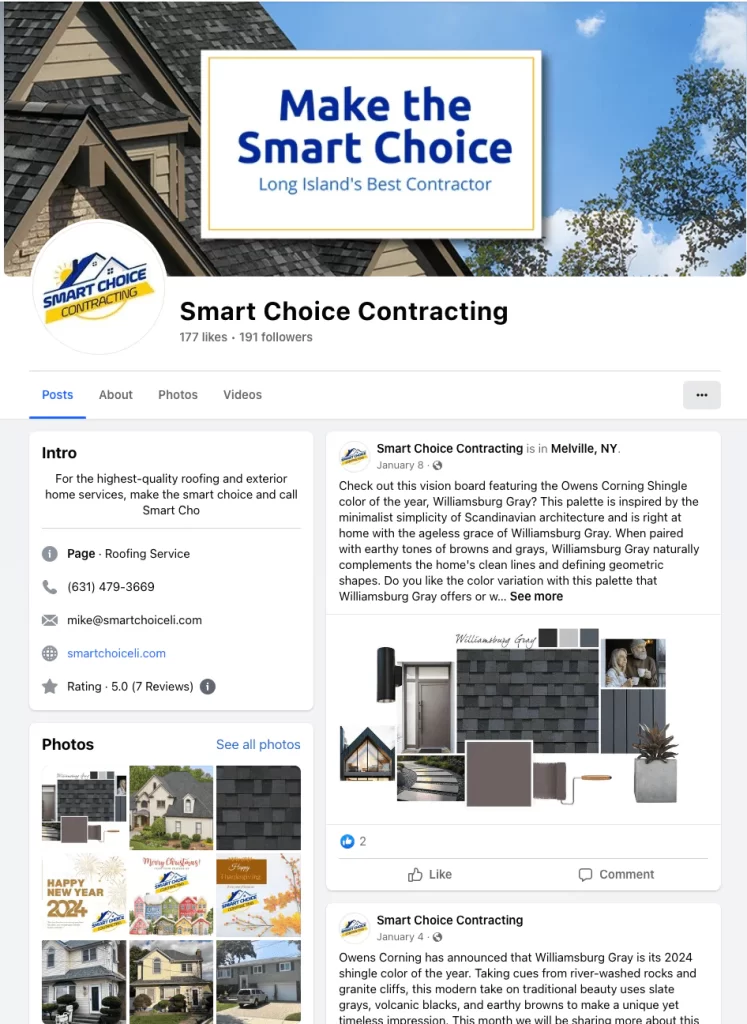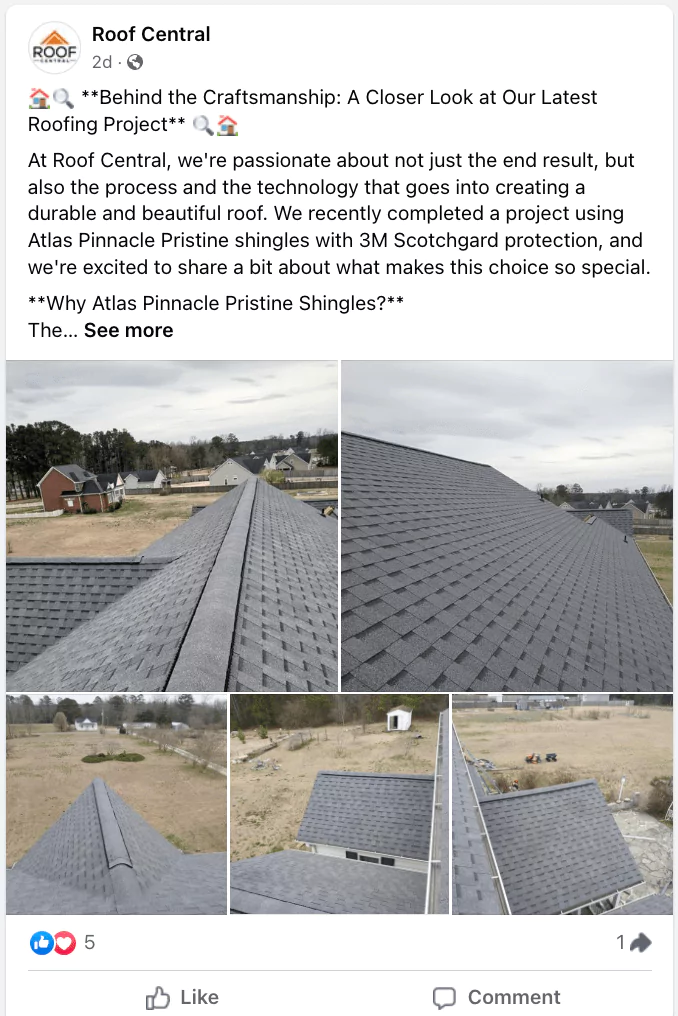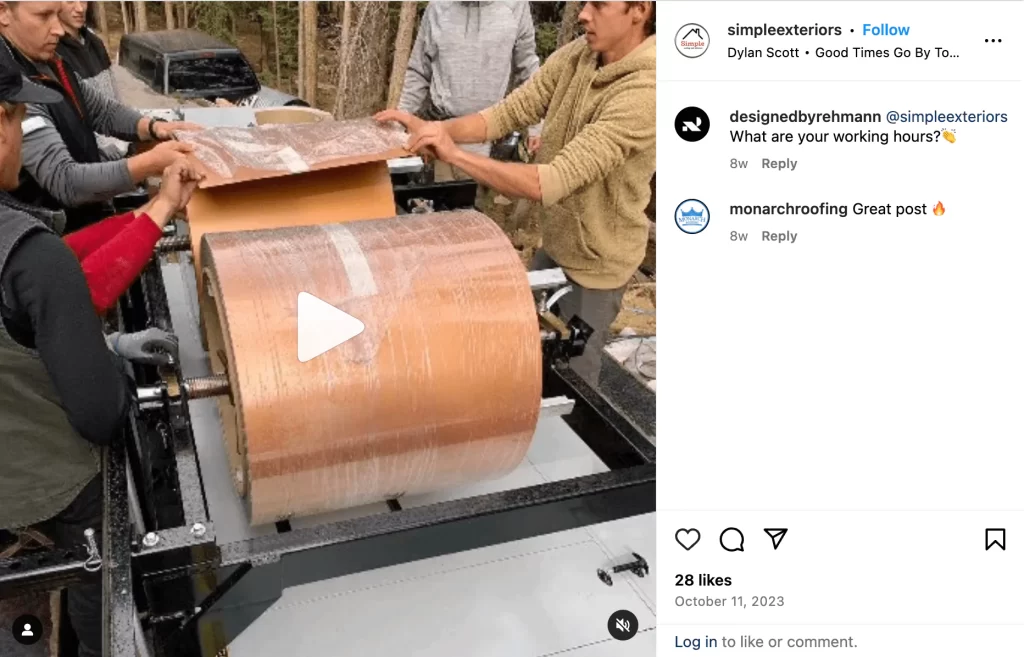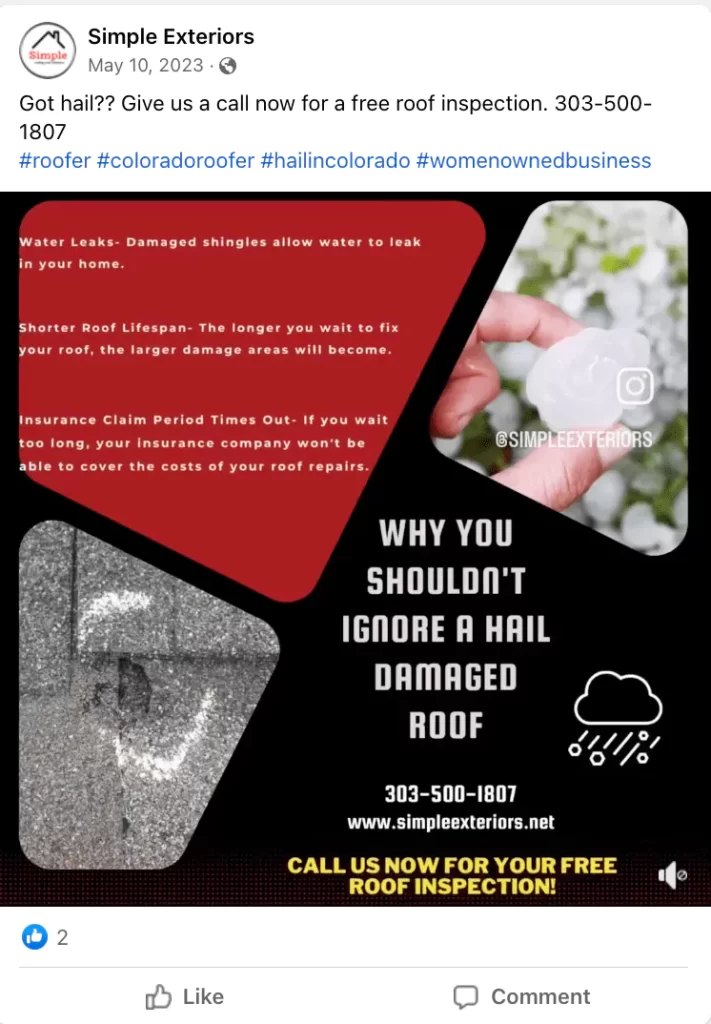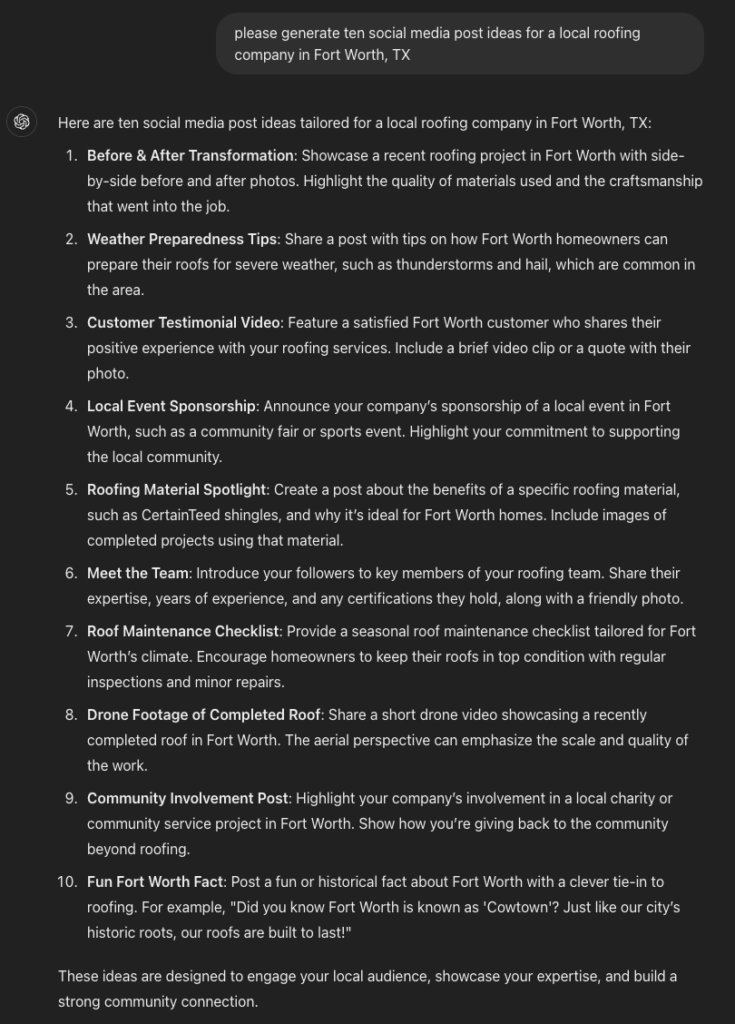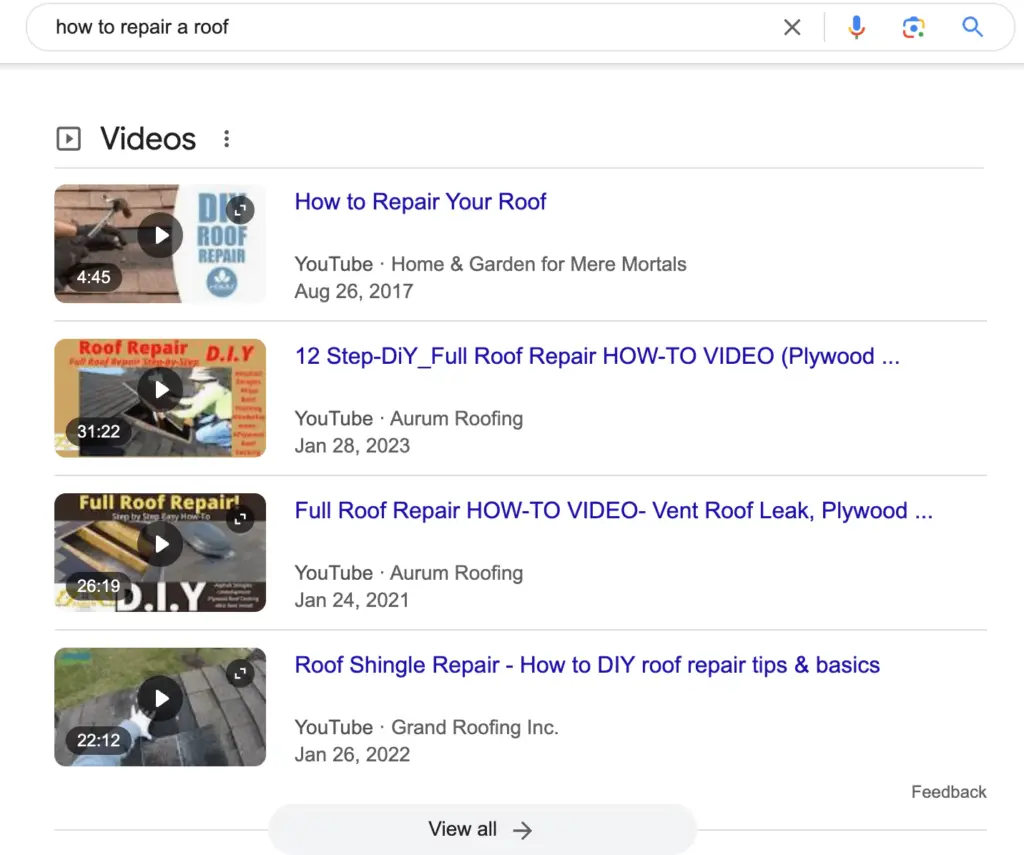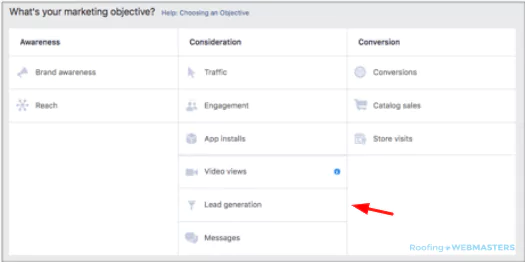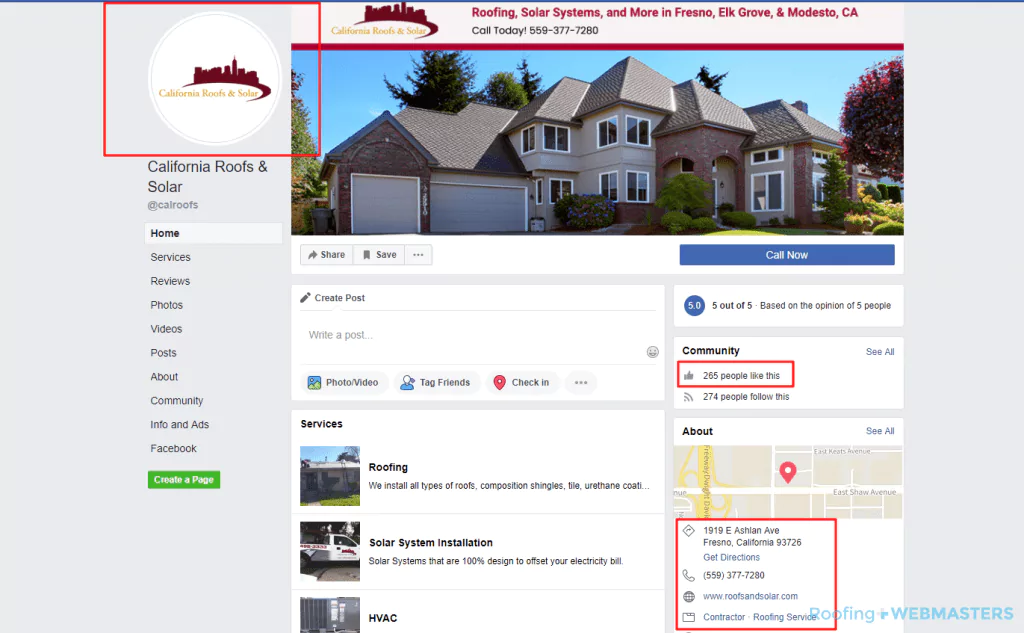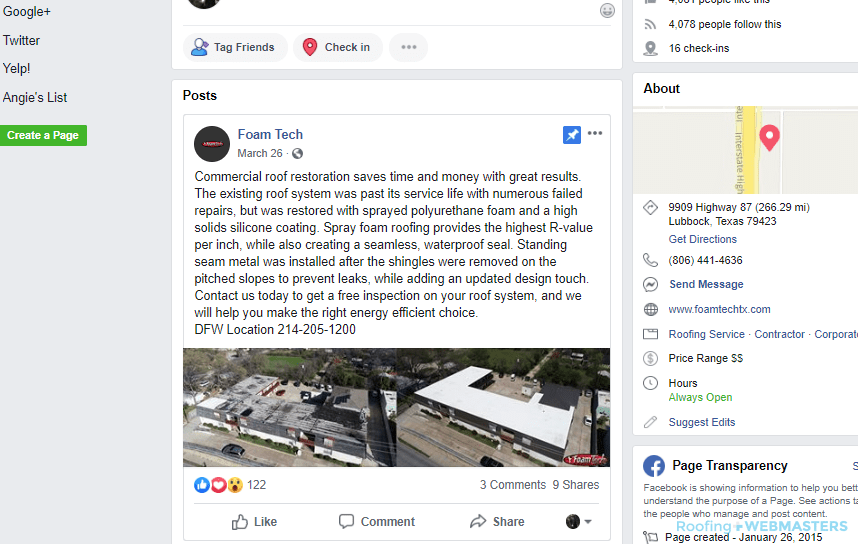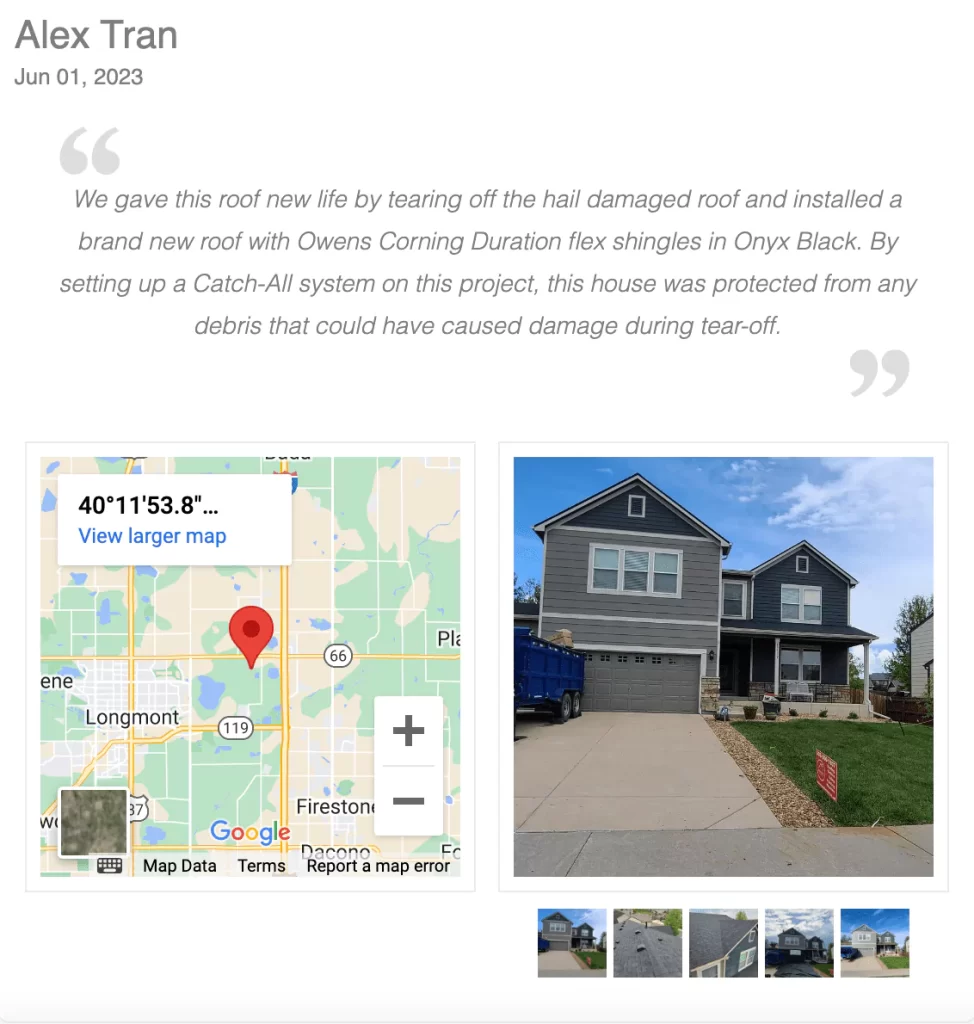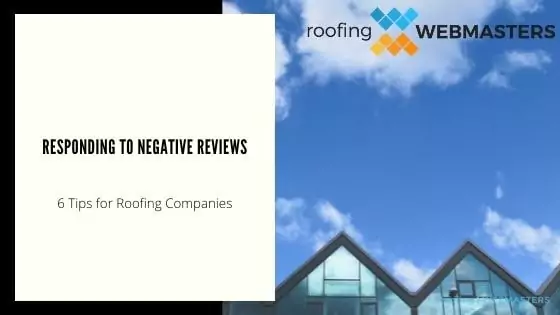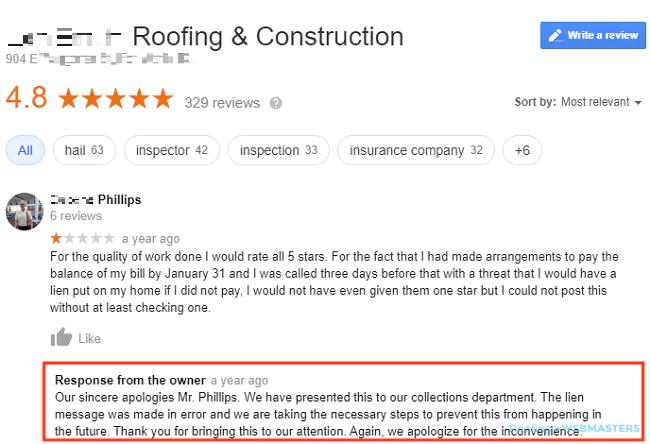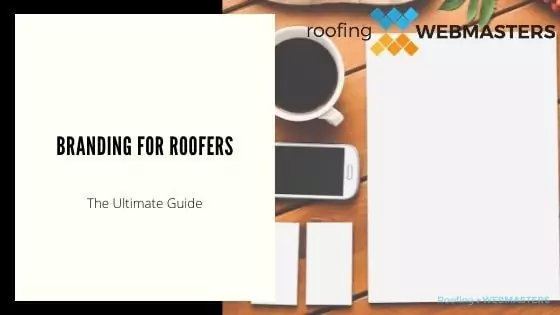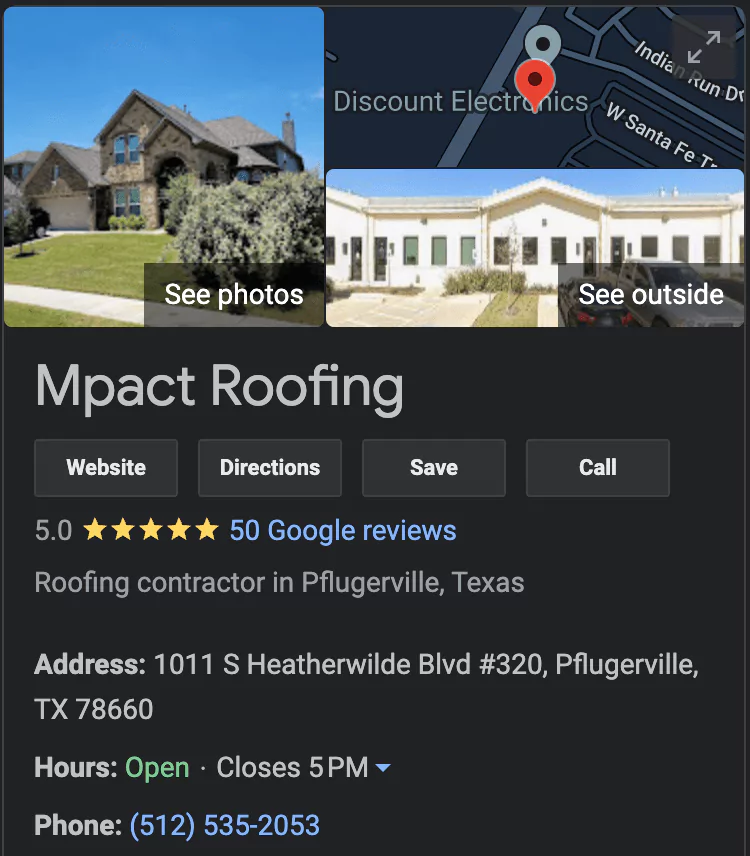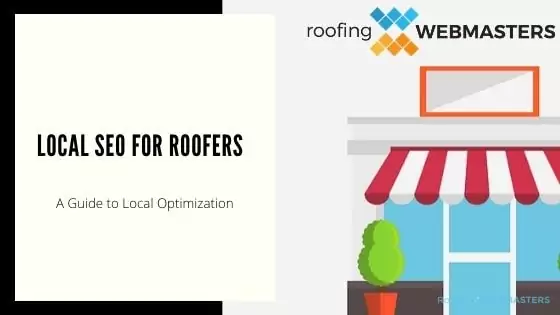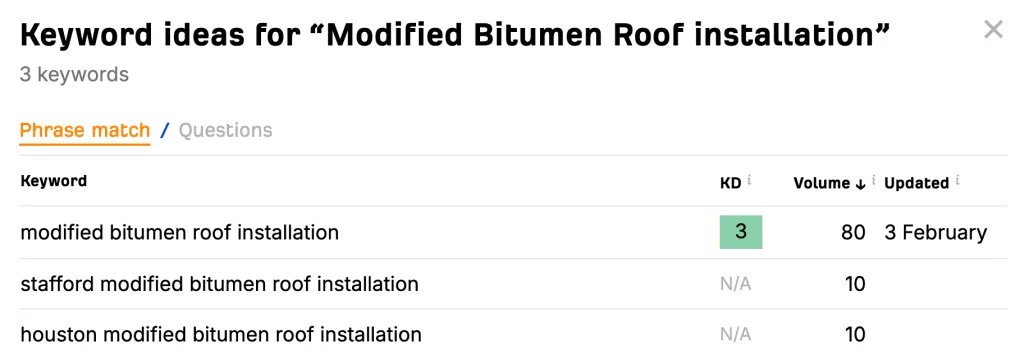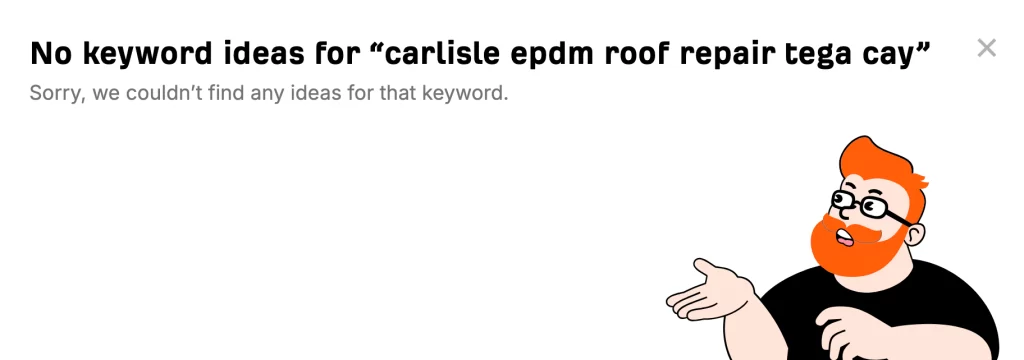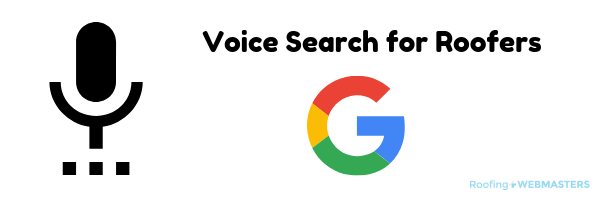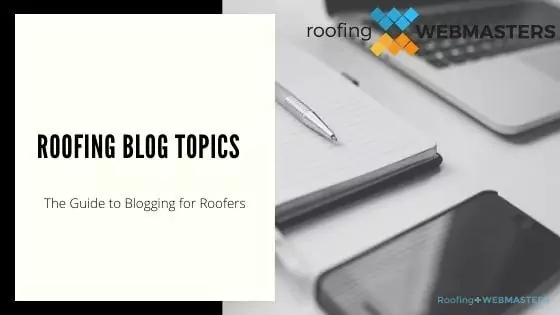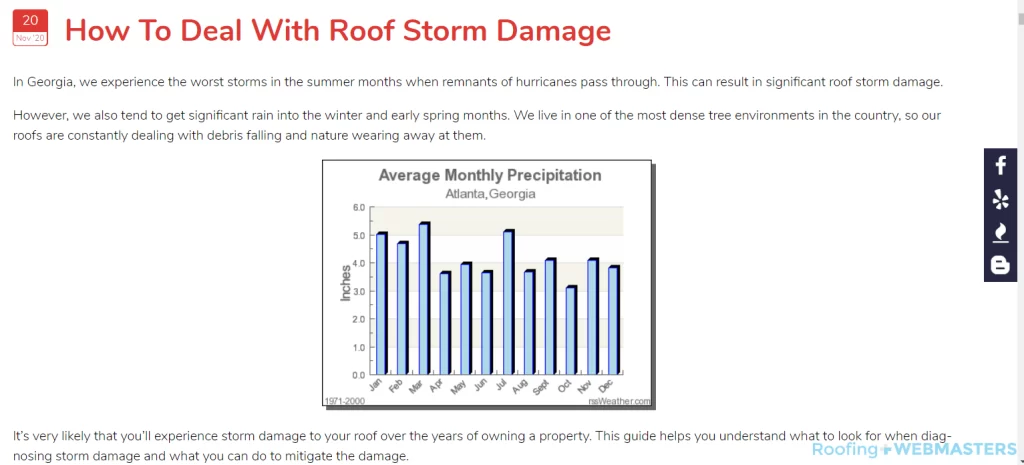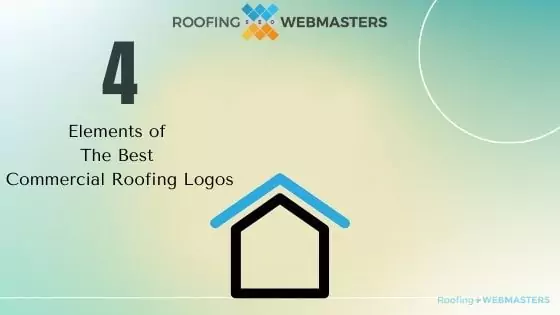
Creating a commercial roofing company logo should be part of a more comprehensive marketing strategy for commercial roofers.
With a commercial roofing logo, you really need to convey a sense of professionalism and capability. Such traits can be challenging to obtain via text and imagery, but they can be achieved.

My name is Nolen Walker. My agency, Roofing Webmasters, has seen more than its fair share of commercial roofing logos, so I speak from experience after working firsthand with these companies.
Whether you are a new commercial roofing business owner or considering a rebrand for your existing business, you can benefit from learning the tenets of a solid commercial roofing company logo.
In the following post, I will outline the common design elements found in prolific commercial roofing company logos. I will also provide tips for brainstorming your own logo design.
Table of Contents
Elements of an Appealing Commercial Roofing Logo
Established commercial roofing companies share common design elements in their logos. A simple search of commercial roofing contractors in your area showcases a common thread between their logo designs.
I know this first-hand because my agency helps design logos for commercial roofers throughout the United States.
Some of the essential elements include:
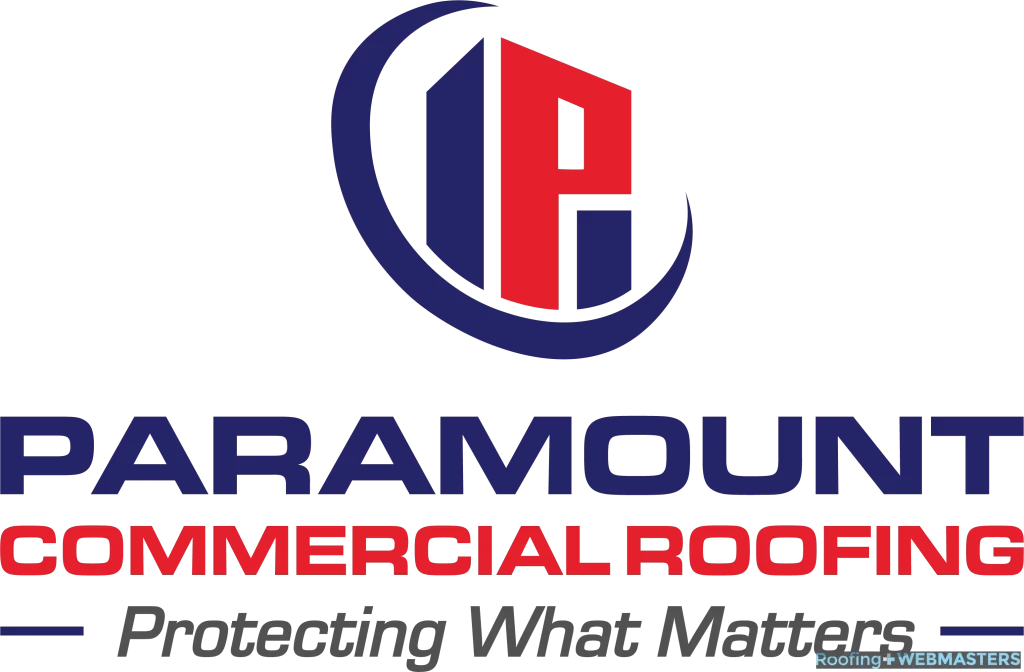
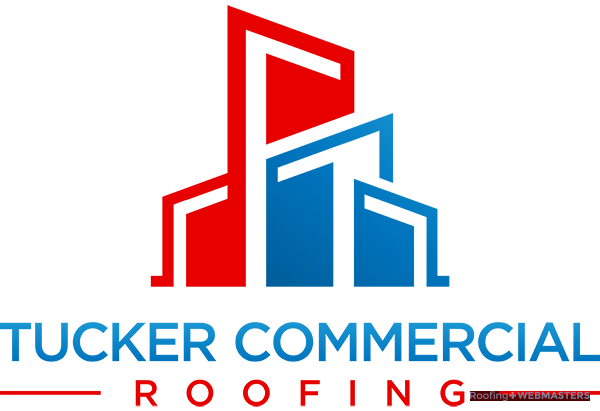
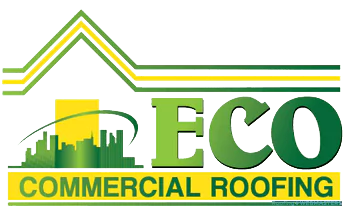
Readable Fonts
Stick to easy-to-read fonts that won’t require reading glasses to decipher. Your logo won’t’ connect with consumers if people can’t pronounce the name because of font problems.
Ensure the font isn’t too busy and that the text is nice and clear – unobstructed by flashy design elements. Remember, you aren’t trying to go over the top; instead, you are attempting to build credibility.
Evocative Imagery
Consider the natural geography and terrain of the area(s) that you operate in. If you have trouble considering images to include in your logo, try incorporating some of these natural elements.
For instance, if you operate in Arizona, consider adding cacti to your logo. If you work in a metropolitan area, consider using a simple skyline for your logo.
Using imagery that recalls the area’s reputation can help you connect with current and potential customers. It also shows that you are invested in the area where local businesses tend to gravitate.
Simple Color Schemes
It is best practice to stick with 1-3 primary colors for your logo. I have already discussed avoiding unprofessional colors, but you should also avoid using too many colors.
The best commercial roofing logos use two colors that complement each other very well. Toy around with a couple of color schemes until you find one that catches the eye without becoming too hectic.
Think of your logo as a sports uniform. Which teams typically have the most memorable uniforms? It’s the ones with simple color schemes.
Company Name
Think about some of the keywords in your company name. They may tell you what kind of imagery or design you can use in your logo.
For example, if your company name includes words like peak, pinnacle, or apex, these words bring lofty heights to mind. So, maybe incorporating a simple image of a rooftop or mountain would be a good design element.
You’re not looking to create a work of art with your visuals but instead to establish a consistent theme that instills credibility and trust in your commercial roofing company.
What to Avoid When Creating a Commercial Roofing Logo
Like most potential customers can spot a high-quality commercial roofing logo, many can identify a bad one. Unfortunately, these logotypes also share common traits.
Check out some of the most common traits of ineffective logos:
Gaudy Colors
The goal of your commercial roofing logo should be to convey professionalism. Unfortunately, one of the quickest ways to turn off potential customers is to hand them a company card with flashy colors.
Ensure your logo is devoid of playful, child-like colors such as pinks, bright greens, and neon oranges. Remember, you aren’t selling services to children, so you should target your adult demographic.
Lengthy Names
You don’t necessarily have to use your full company name in your logo. If your company name is long, consider trimming it down for your logo or initializing it.
Stuffing a long business name into a logo is usually a bad idea. It looks too busy and makes it harder for the image to stick in the customer’s mind—which should be the goal for your logo.
Logo Templates
While considering your logo, you may come across online services offering logo templates. However, some of these platforms require you to pay for a royalty-free version, so be careful not to simply copy and paste.
You may be tempted to use one of these templates to generate your own logo. However, hundreds of commercial roofing contractors are probably using the same templates.
If you really want your logo to stand out, using a template is counterproductive. Your consumers may not notice templates consciously, but their similarities may dissuade them on a subconscious level.
Bonus Commercial Roofing Logo Design Tips
If you are still feeling overwhelmed by the process of creating a commercial roofing logo design, don’t worry. Most commercial roofing business owners aren’t graphic designers.
Here are some additional tips to help you get the logo of your dreams:
Hire a Logo Designer
Hiring a professional graphic designer may be the best way to create a good logo. Even if you already have ideas, working with a private designer lets you convey them to someone who can translate them.
Produce a Rough Sketch
Before you hire a designer, it can be constructive to sit down with a pencil and pad and start roughing out some of your ideas for a logo. You don’t have to be an accomplished artist to develop a basic design theme.
Once you start doing some rough sketches, you will probably see some things that do and don’t work. You may even get inspired by themes or concepts you had not previously considered.
Seek Feedback
It never hurts to brainstorm ideas with friends and family. They may provide valuable input and perspectives that you hadn’t considered. If you have friends in other industries, run your ideas by them.
Analyze Competitors
It never hurts to examine the logos of the best roofing companies in your area (or outside your location) and see what they are doing right. But, of course, you never want to plagiarize or even come close.
Still, looking at the logos of other companies may be just what you need to spark some ideas of your own. Furthermore, it’s critical not to reinvent the wheel. Your logo design should fit in with other roofers.
Next Steps for Commercial Roofing Logo Design
Understanding the elements of an effective logo allows you to confidently take the next steps with logo design. You can utilize free logo design tools throughout the internet, but some of these may not produce royalty-free visuals (which can create legal problems down the road).
I’ve talked with thousands of commercial roofers over the past decade, and a logo is only as effective as its associated marketing campaign. At the end of the day, the goal is to generate more commercial roofing leads for your company.
I recommend partnering with a logo design company to ensure your logo is above board. I invite you to contact me personally to discuss how my agency, Roofing Webmasters, can design a custom logo for your commercial roofing business.




